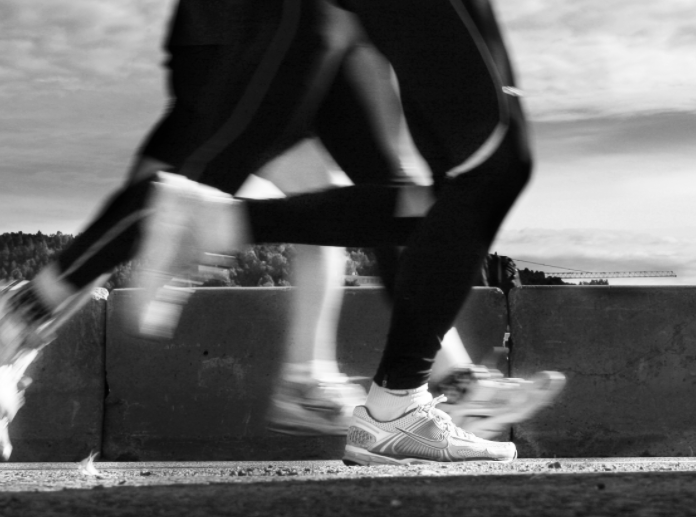Hello, health enthusiasts and sports medicine aficionados! Today, let’s explore the remarkable world of Platelet-Rich Plasma (PRP) kits and their transformative role in orthopedics and sports medicine. PRP isn’t just a medical term; it’s a groundbreaking approach to healing that’s changing the game for athletes and patients alike. So, gear up for an insightful journey into how PRP kits are making waves in the medical field.
What’s the Buzz About PRP Kits?
PRP kits are at the forefront of innovative treatment in orthopedics and sports medicine. These kits use the body’s own healing mechanisms, harnessing the power of platelets from your own blood to repair and rejuvenate injured tissues. It’s like tapping into your body’s natural superpowers to accelerate healing.
The Science Behind PRP
PRP therapy involves concentrating platelets from your blood and reinjecting them into injured areas. These platelets release growth factors that promote tissue repair and regeneration. It’s a natural yet scientific approach to healing, reducing reliance on more invasive treatments.
PRP in Orthopedics: A Game-Changer
In the field of orthopedics, PRP kits are being used for a wide range of conditions, from arthritis to tendon injuries. They are particularly effective in speeding up the healing process of bones, muscles, and joints. It’s like giving a natural boost to the body’s repair process, reducing recovery time significantly.
PRP’s Role in Sports Medicine: Elevating Athlete Care
For athletes, quick recovery is crucial. PRP kits are a beacon of hope, offering faster rehabilitation from sports injuries. From sprained ankles to knee injuries, PRP is helping athletes return to their sport more quickly and effectively than ever before.
The Process: How PRP Kits Work
Using PRP kits is a straightforward yet sophisticated process. Blood is drawn from the patient, then spun in a centrifuge to concentrate the platelets. This platelet-rich plasma is then injected back into the injured area, kickstarting the healing process. It’s a minimally invasive procedure with maximum impact.
Tailoring Treatment: One Size Does Not Fit All
While PRP kits are versatile, it’s crucial to remember that each injury and patient is unique. The treatment must be customized to fit individual needs, ensuring the best outcomes. This personalized approach underscores the efficacy of PRP therapy.
PRP: The Future of Healing
The potential of PRP in orthopedics and sports medicine is vast. Ongoing research continues to unveil new applications and improvements, signaling a future where healing is more natural, efficient, and patient-friendly.
Conclusion: Embracing the PRP Revolution
PRP kits are more than just a medical advancement; they represent a shift towards more natural and effective healing methods in orthopedics and sports medicine. Whether you’re an athlete, a patient dealing with a chronic condition, or a medical professional, the possibilities with PRP are exciting and promising.
FAQs About PRP Kits in Orthopedics and Sports Medicine
- How effective is PRP in treating joint injuries? PRP has shown significant effectiveness in treating joint injuries, promoting faster tissue repair and reducing pain.
- Is PRP therapy safe? Yes, since PRP uses the patient’s own blood, the risk of allergic reactions or side effects is greatly reduced.
- How long does it take to see results from PRP? Results can vary, but many patients report improvement within a few weeks of treatment.
- Can PRP be used for all types of sports injuries? PRP is beneficial for a wide range of sports injuries, but its suitability depends on the specific injury and patient condition.
- Are PRP treatments painful? Patients may experience some discomfort during the injection, but overall, PRP treatments are well-tolerated.
PRP kits are not just a medical tool; they’re a testament to the incredible capabilities of the human body. As we continue to explore and understand their full potential, PRP stands out as a beacon of innovation in the healthcare landscape. Stay tuned to this exciting field, as the best is yet to come in the world of orthopedics and sports medicine!








